Do you use leash on not releasable telemark binding in the resorts.
On all skis or boards, you need to have a system to hold or stop the device from going down if it were to leave your feet. Image a ski or board going down a slope at great speed hitting someone on the head and killing him. It’s happened, I’m sure.
As a ski patrol, I have seen a lot of dangerous situations and a few close calls.
On Alpine skis, the fact that the binding is releasable, brakes have been the norm for quite a while.
On snowboards, a leash should be attached to one of the legs. This practice is not followed by any snowboarders I know. The reason is quite simple, the binding system is very reliable. 20 years back or so, I remember seeing bindings rip from boards after a hard landing and going down like crazy. I’ve seen this happen with alpine skis and telemark as well.
Telemark skiers are mostly responsible people and most of them use leashs to link the boots to the binding. If after a great fall, if the binding was to release, the skis would go nowhere.
Now there is a few telemark bindings that comes with release and brakes so we’ll leave these out of the conversation.
I don’t use a leash and have been doing so for 10 years.
I know, I know, that’s not very wise. Quite stupid frankly.
And you are right. If my binding was to release for no reason, my ski would go down like a missile.
But it’s never happened.
That’s another stupid thinking I know.
Then comes risk management.
Risk zero does not exist.
Any living is doom to end. The goal is to rationally choose the most acceptable path to the end.
Water is dangerous so we learn to swim.
Telemark binding are not safely held to the boot so we put a leash.
My years of experiences have thought me that binding tension will always loosen, so I’ve made a rule to always check that the tension is all good. And that’s always been enough to keep my binding to my feet, unless a great fall. Like a really good bail. And then, I’m kind of happy that the ski releases.
This has happened to me a few times. Manly in tight woods, where the skis got stuck and got riped from my feet.
See what I mean at 2:50
That one time, I was skiing with a demo ski and it had a leash. I injured my leg on the scene. When my leg when under the snow, I felt the binding go with out to much tension, then I felt the leash hard wire create a large amount of tension. It broke. At the time, I was sure I had blown my knee, but luckily, after a week, I was good to go…
So, did the leash do it’s job?
NO
It did not prevent the ski from becoming a missile.
And it injured my knee in the process
Managing the Risk
As I said, it’s all about reducing the risk to an acceptable minimum.
This is what I see as a ski patrol, 99% of the time:
- For telemark skiers. If they have to remove their skis in a steep slope, they will have a lot of difficulty to put it back on. and sometimes, one of the skis will escape…. Missile of dead
- For snowboarders, beginners will remove their snowboard to walk down a harder section. The board will slip out of their hands for what ever reason, and the missile is launched.
Now there is still that 1%
That’s where risk management comes in place. Is that 1% were the missile launch could have been avoided by a leash.
Leashes are not a no fail system as seen in the video. And they don’t even avoid the main danger’s I’ve seen.
It’s now accepted in the snowboard scene that leashes are non sense and, around me at least, you never see a snowboarder wear one.
For the telemark scene, I don’t think it’s that much different.
Make sure your binding tension is right every time you put the ski on. That will save you and the surrounding skiers 99.9% of the time.
Then if you feel more secure wearing a leash please do. Especially if you’re a beginner and you are not aware of what is the right tension in your bindings… Or if you are using older bindings that did not create as much tension.

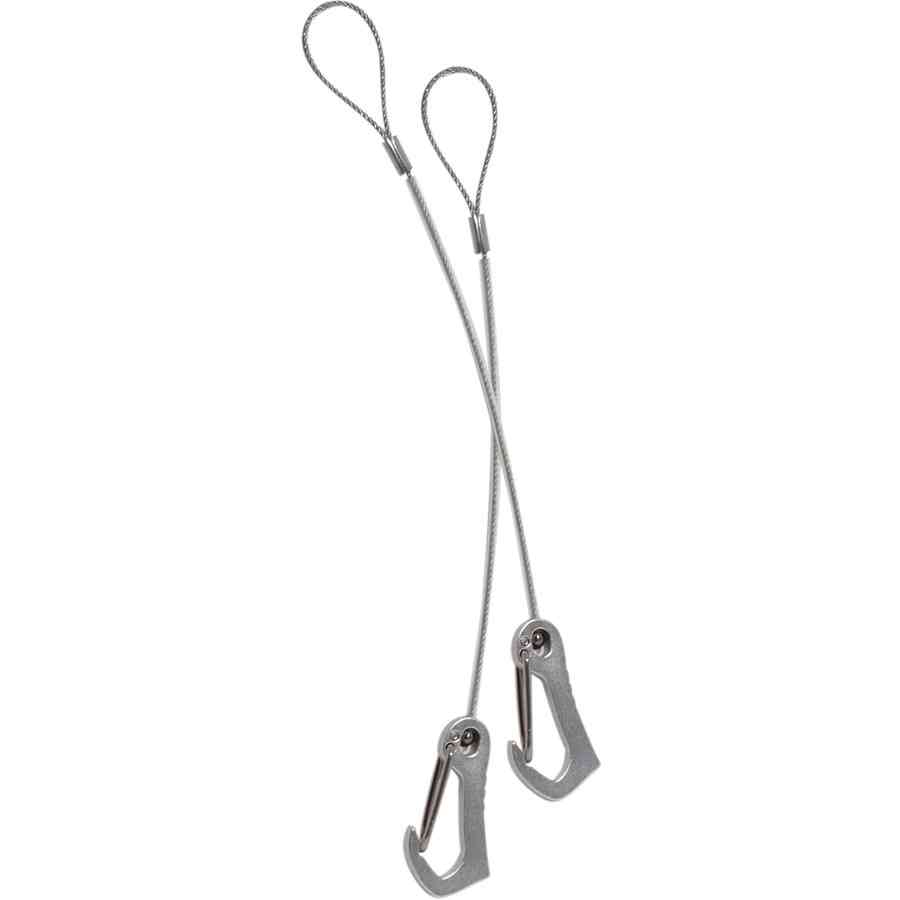
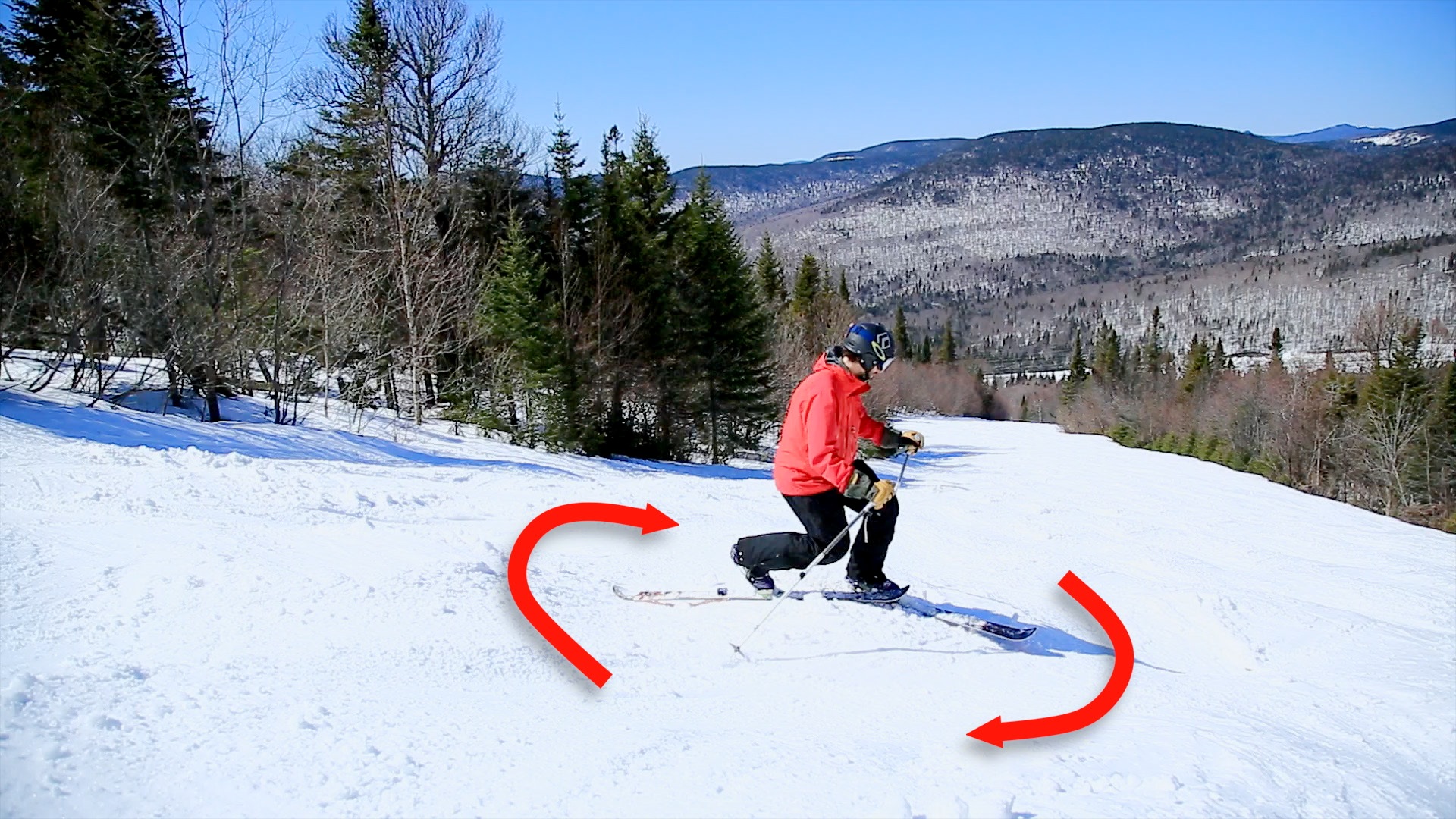

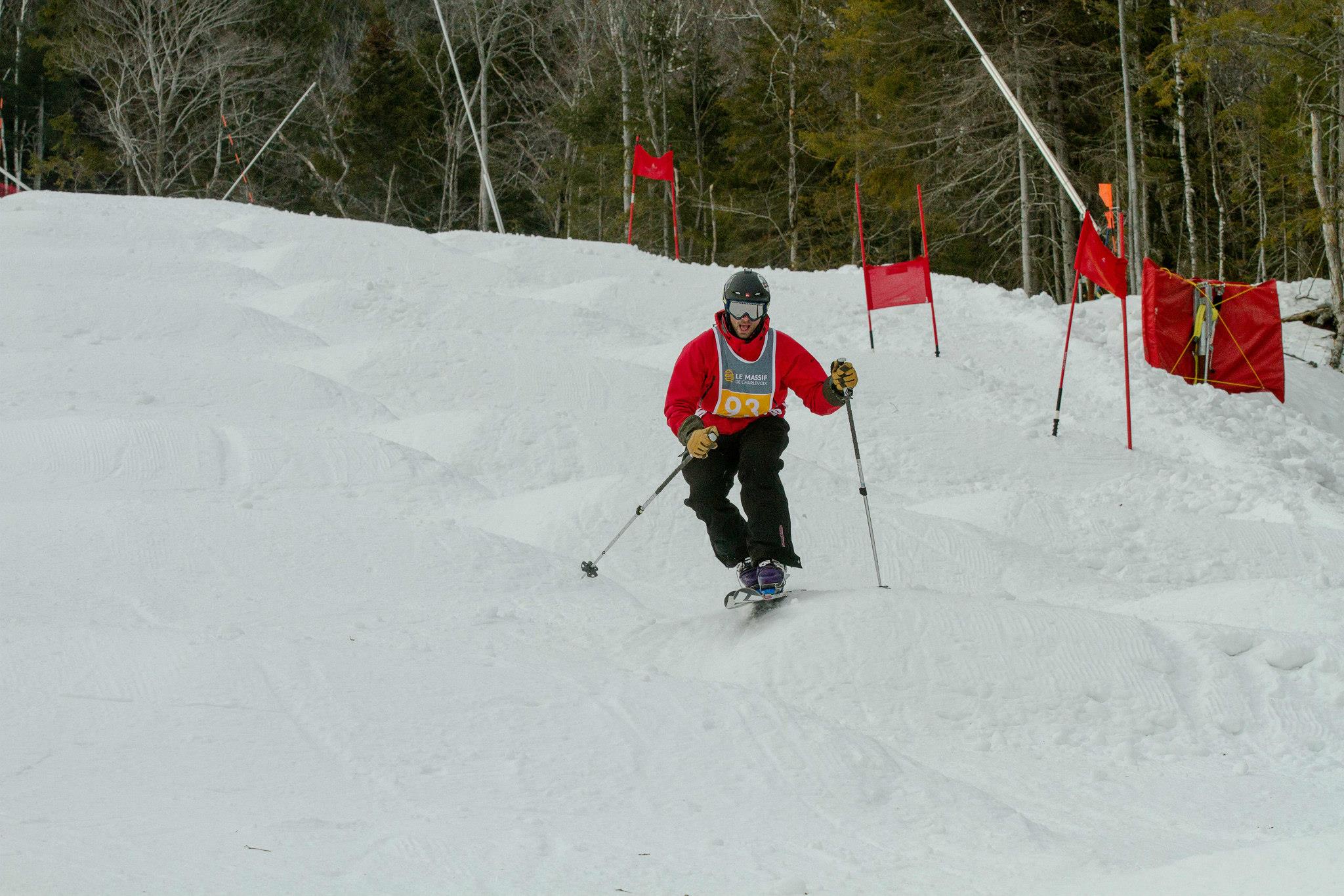
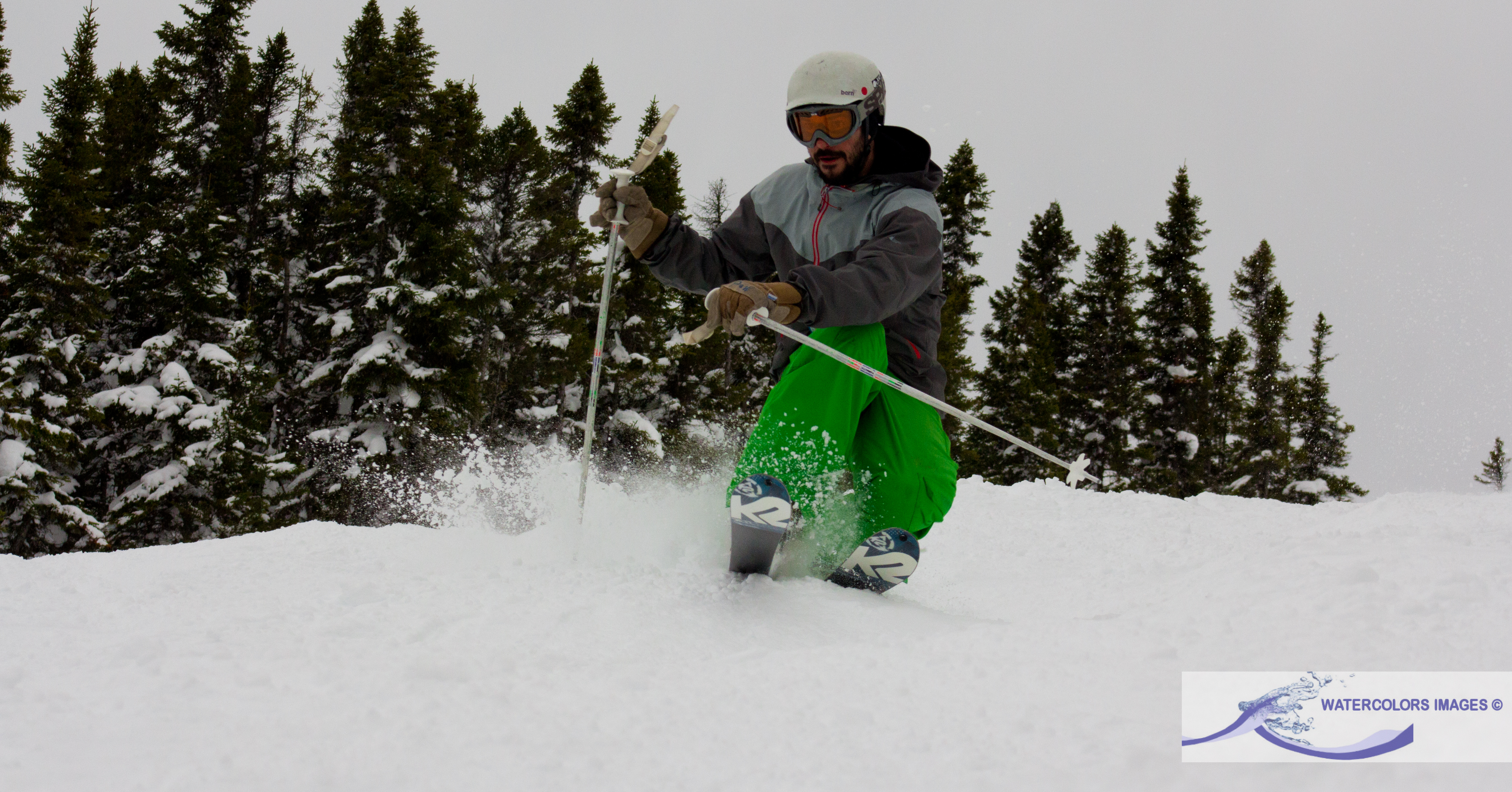


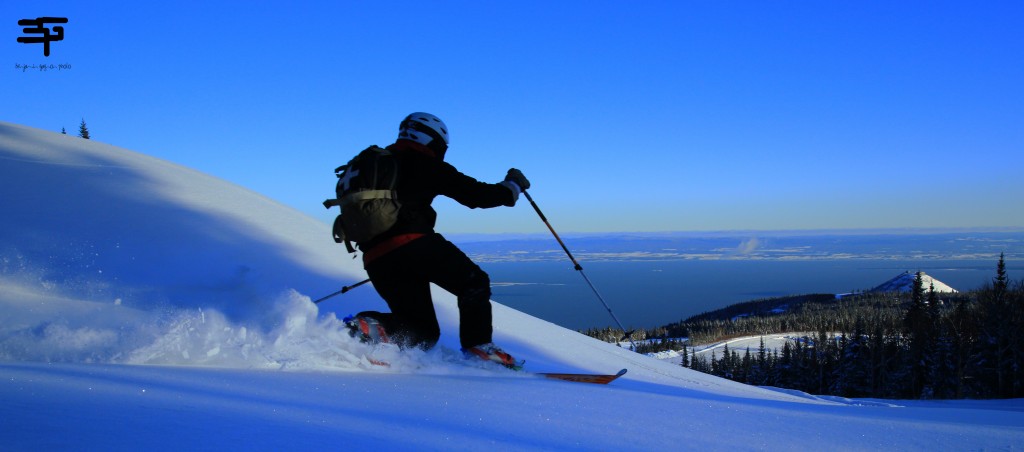
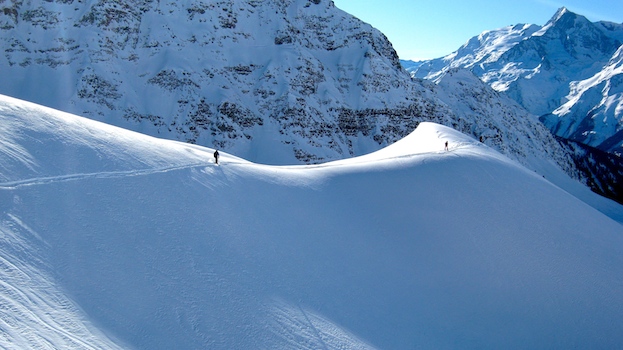
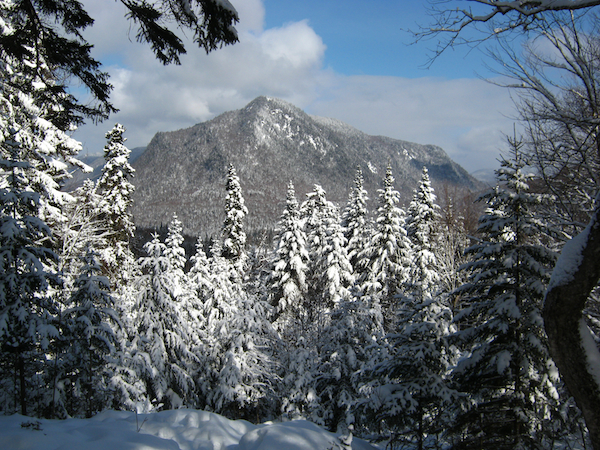


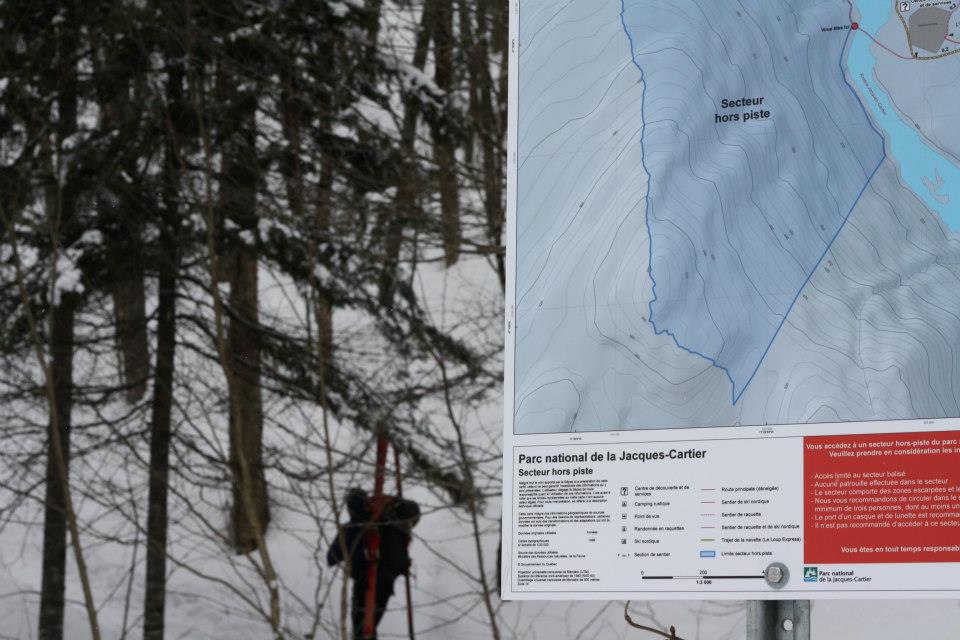
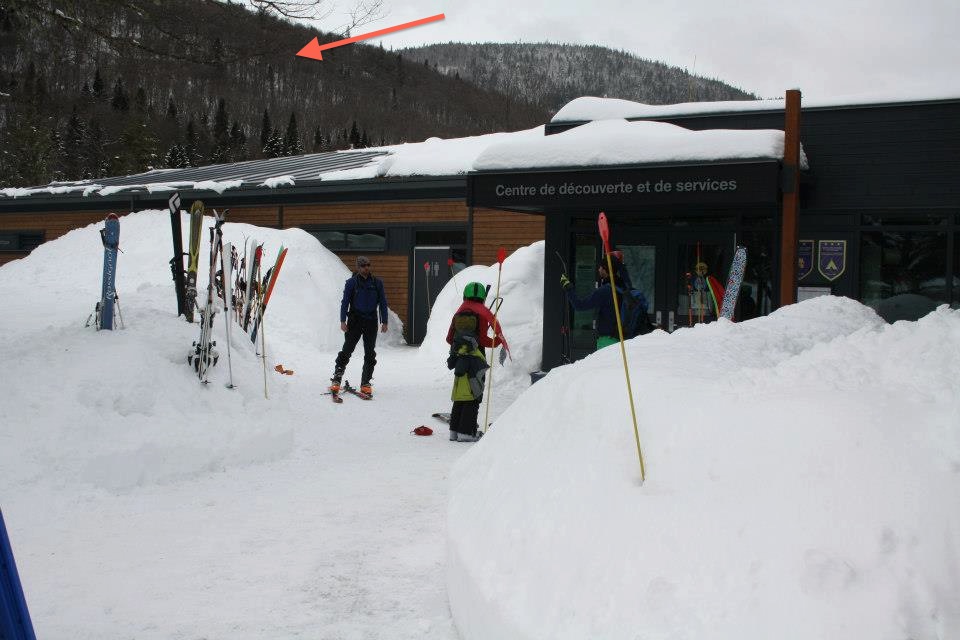

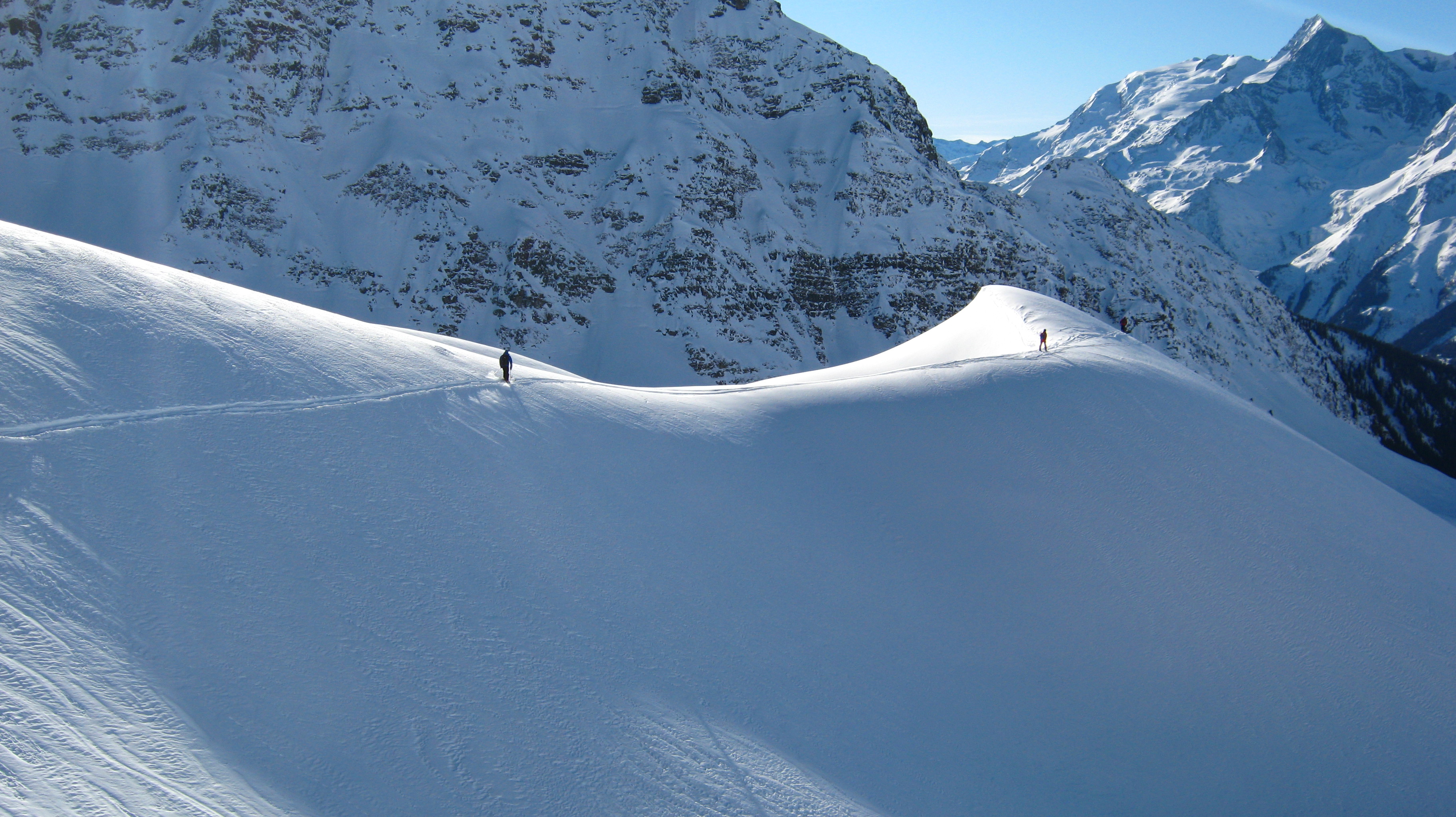


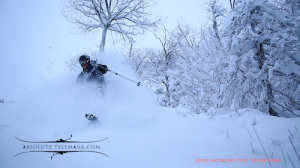

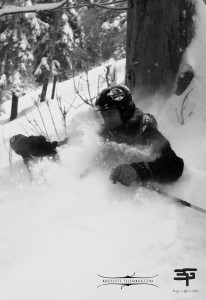




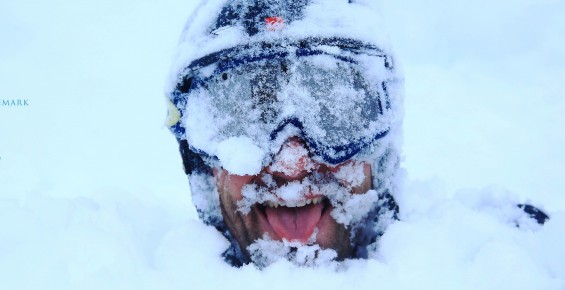
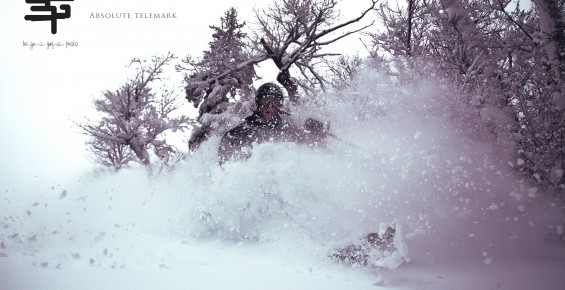

What others think about it